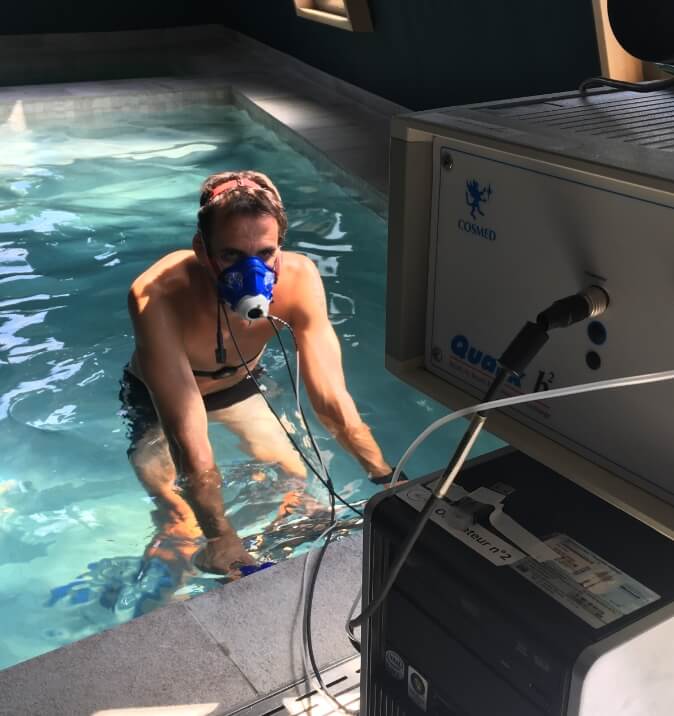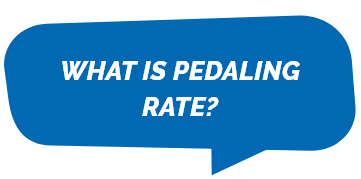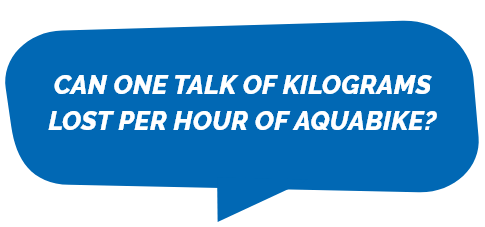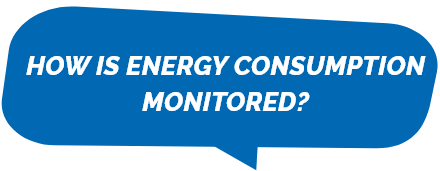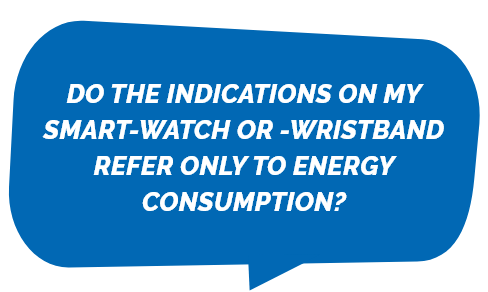This study was conducted to measure the energy expenditure during an aquabike session for several models through an analysis of the gases breathed in and out (oxygen and carbon dioxide). The study was carried out on several subjects (men and women) with different profiles in terms of age, morphology and physical activity level.

 Français
Français
 Español
Español
 Deutsch
Deutsch



